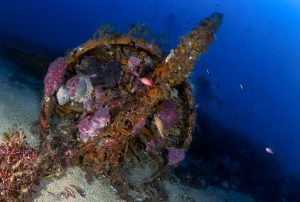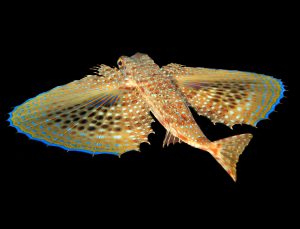Soverato is a charming Calabrian city in the Hippocampus Bay that offers its citizens and guests extensive beaches, a mild climate, a panoramic gulf with blue and pristine waters. But Soverato is not just sea, breathtaking views, seahorses and promenade: it is much more. To all this is added a noteworthy historical and artistic heritage. The visitor’s attention cannot fail to focus on a sculptural work of great value: “La Pietà” by Antonello Gagini, dated 1521 and whose five hundredth anniversary has been celebrated in this 2021 now running out. The marble masterpiece is exhibited in the right aisle of the “Maria Ss Addolorata” Archpriest Church in Soverato Superiore. Its guardian is Giorgio Pascolo, a historian and much loved parish priest of the community. The church is flanked by the “Antonello Gagini” Study Center, which with its numerous activities enhances and promotes the masterpiece. The name of the work refers to the most famous Michelangelo’s Pietà, but except for the theme of the deposition, nothing makes the two works similar, although Gagini was probably inspired by Michelangelo’s Pietà. To confirm this, both works are marble and precisely in white marble, and both do not follow the purely classical style which included the body of the Madonna absolutely vertical in opposition to the perfectly horizontal one of Christ, but Maria, in the Florentine artist, is a young woman in whose eyes you can see so much hope that it eases her suffering. The Madonna by Gagini, on the contrary, expresses a deeper and more human pain that touches the soul of whoever looks at her and sees in her his own suffering in the face of death and feels her so close that he is pushed to ask her for help. The divine mother is a commoner of advanced age who does not know how to hide the agony that afflicts her heart, always remaining composed and sweet. The dead Christ abandons himself on the womb of his mother while giving the impression of slightly levitating, as if to demonstrate his nature as a spiritual entity, giving the work an “immortal” soul. For these feelings that the sculpture instills in those who look at it, we can say that it is admired not only by art lovers, but also by those who do not understand art, and not only for its beauty, but also because it has been transformed in an effigy to pray. The artifact is in fact an object of worship, the faithful turn to the sculpture, as if praying to the sacred effigy of the Madonna, asking to heal the wounds of the body and soul. This is how a masterpiece becomes the “trait d’union” between art and faith. Sculpture still has a lot to tell, because it is a story written by men and women who, in art and beauty, were looking for a way to climb the sky. If you have reached this point in reading you will ask yourself: why is the Pietà, a symbol of so much beauty, located in Soverato? The marble group comes from the ancient Augustinian convent of Santa Maria della Pietà, today in the territory of Petrizzi, founded in 1510 by the blessed Francesco Marino da Zumpano, who commissioned the work in detail in 1520. The legend tells that after the construction of the church in Soverato Superiore in the eighties of the eighteenth century, a group of citizens went to the convent damaged by the earthquake of 1783, to transport Gagini’s work with a specially prepared wagon. But the opposition of the inhabitants of Petrizzi led to the resolution of placing the statue on the cart and leaving the decision on its final destination to the oxen, which obviously was Soverato. The truth will certainly be less picturesque, the fact is that since the early nineteenth century the marble work has been in Soverato. In the 1960s, the municipal administration of the time had the sculptural group restored by the Opificio delle Pietre Dure in Florence, as the 1783 earthquake or the Napoleonic army had scarred and mutilated it; this last hypothesis is supported by the art critic Gianfrancesco Solferino in the recent publication “Antonello Gagini e la Pietà Storia di un capolavoro riscoperto” published by Rubbettino. Those of you who visit the Pietà will receive a great lesson in love for beauty and will be the spokesperson for an exciting invitation to preserve and promote it.













